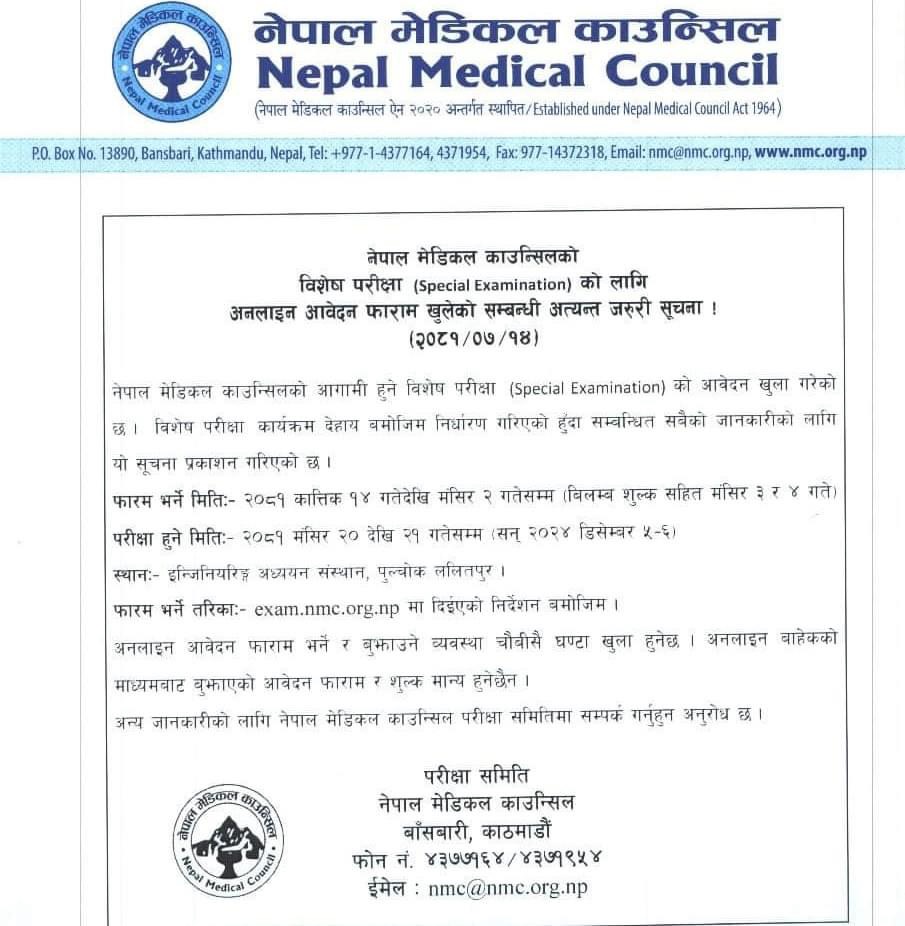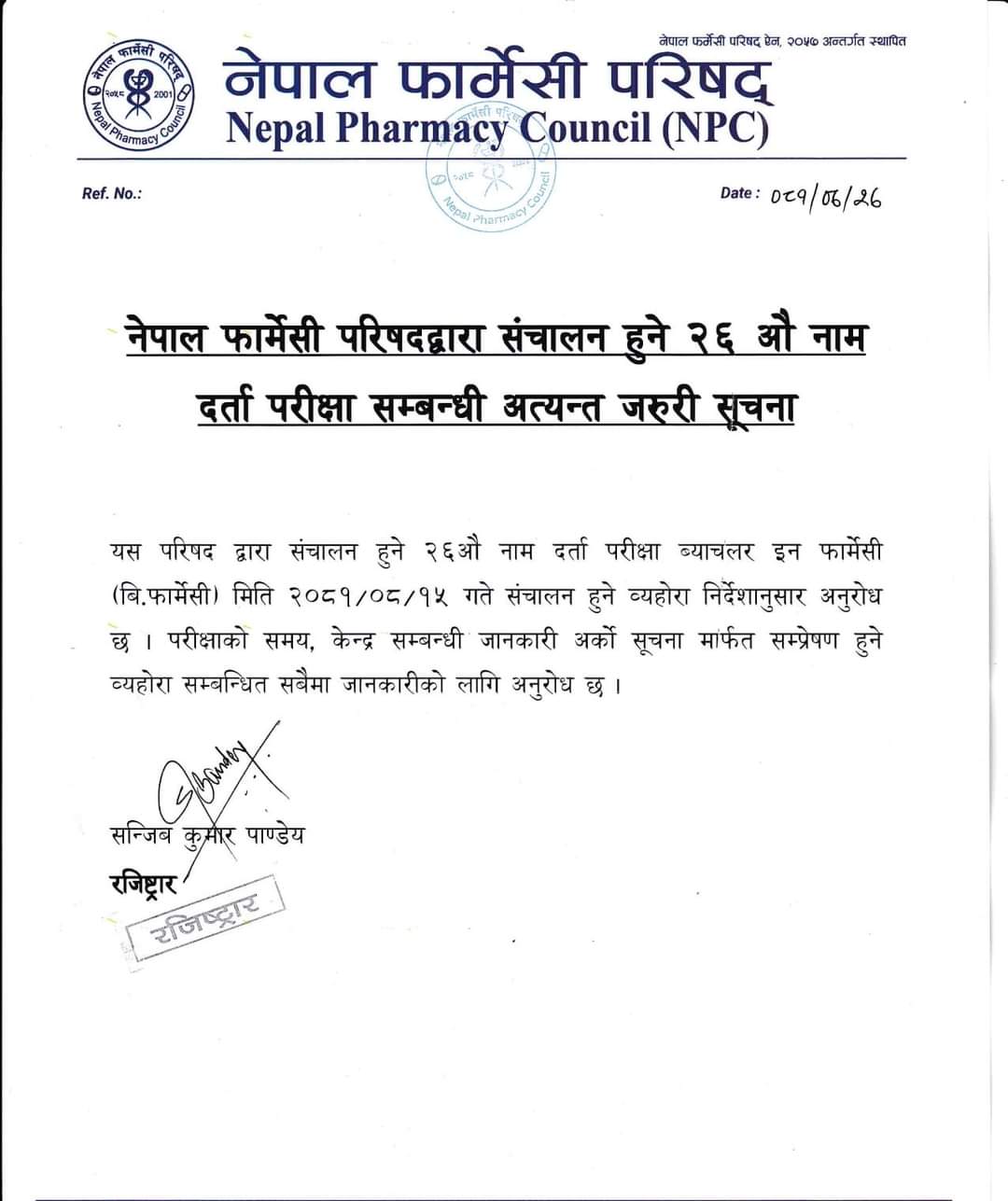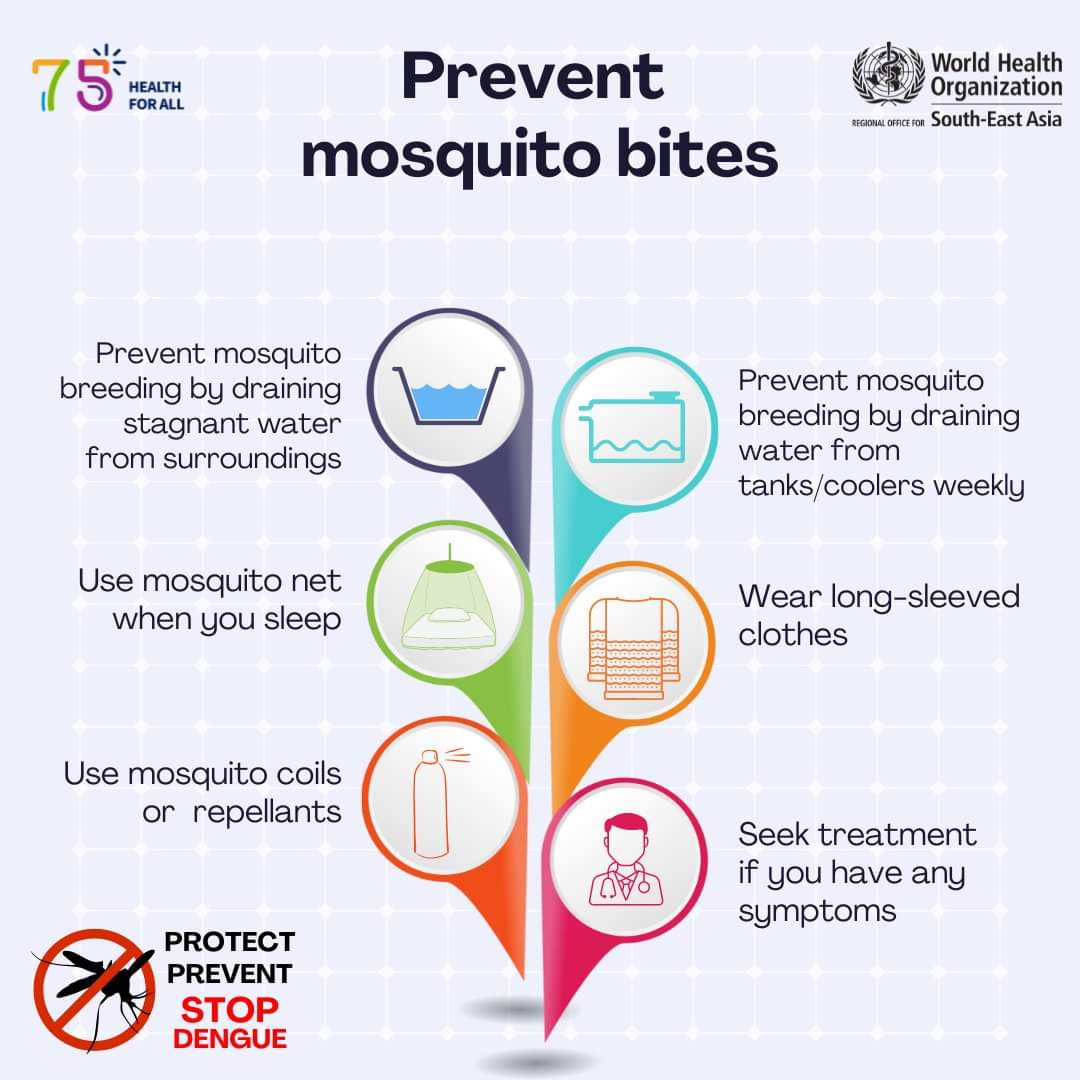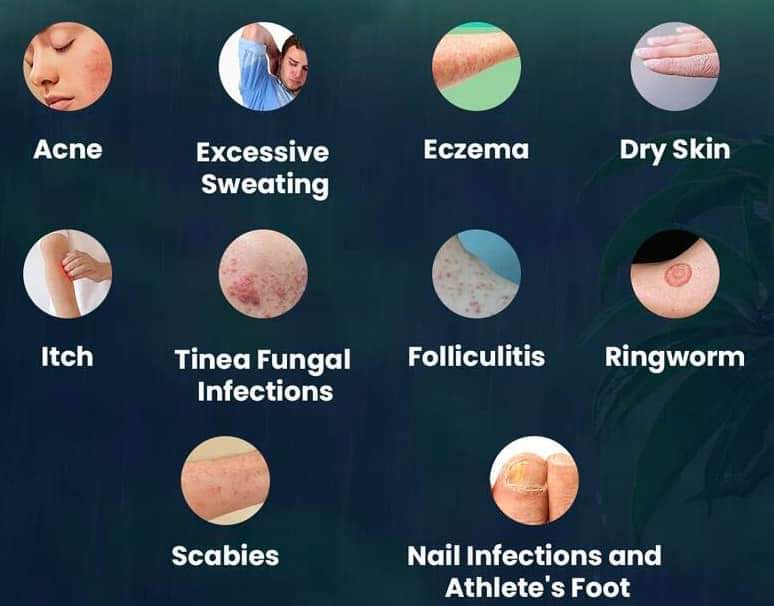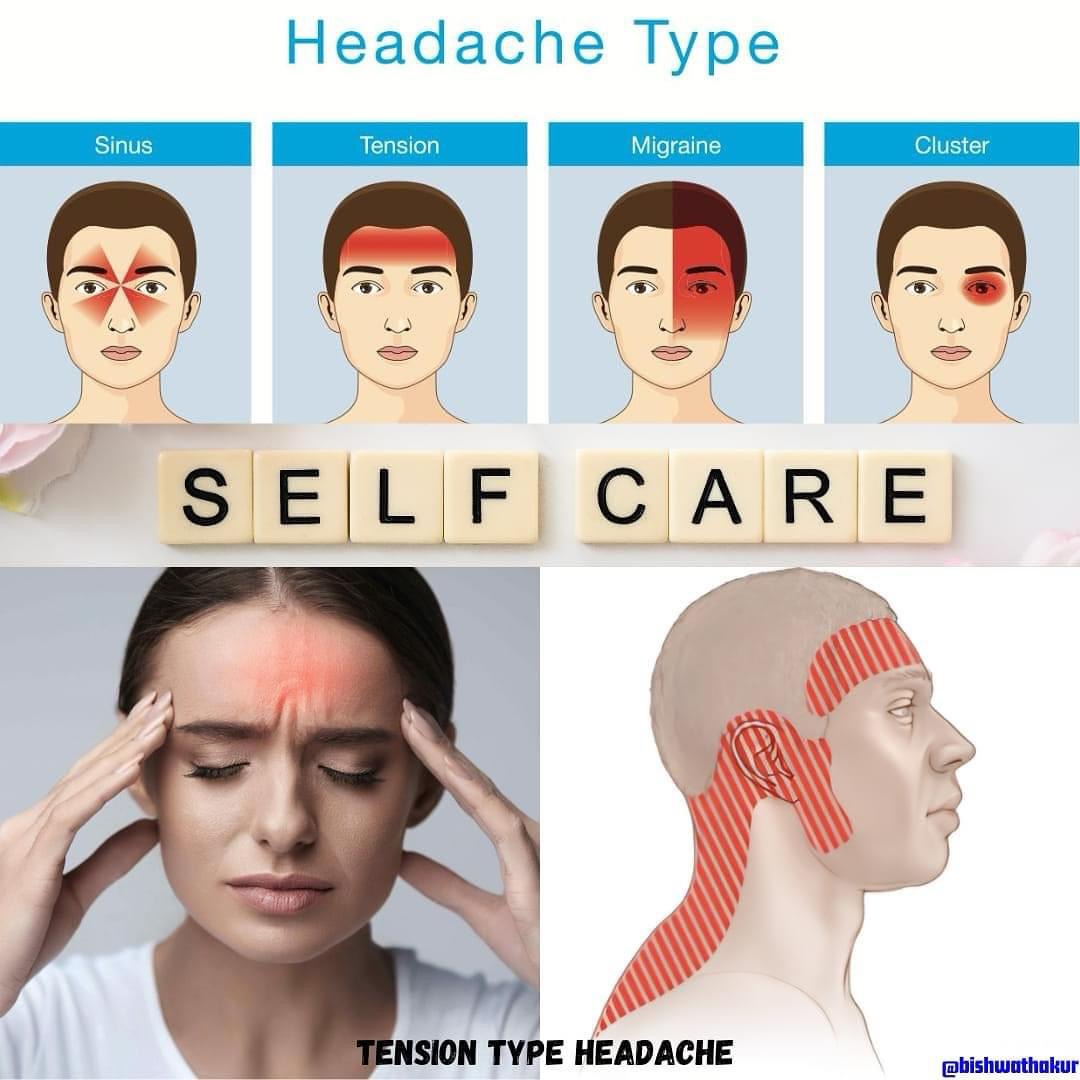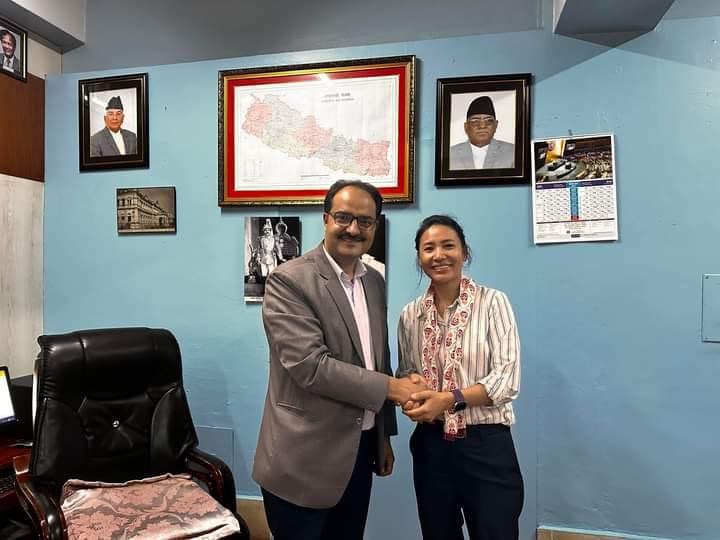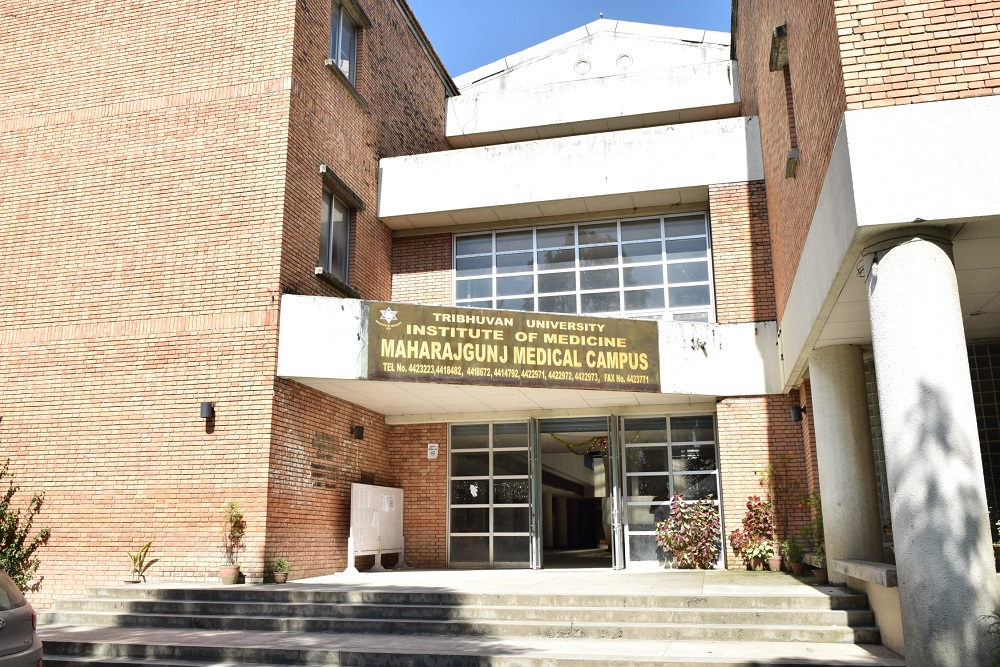
Institute of Medicine (IOM) -TU Teaching Hospital
Maharajgunj Medical Campus (MMC) located at Maharajgunj, Kathmandu is one of the 7 constituent campuses of the Institute of Medicine (IOM). Since its up-gradation to the status of a campus from the “Auxiliary Health Worker’s School” in 2028 BS (1972 AD), MMC has, during the span of nearly five decades, played a significant role in conducting various academic programmes for the development of different categories of human resources for health in Nepal. Among various academic programmes that IOM runs currently, MMC conducts a total of 41 programmes consisting of 8 undergraduate, 22 postgraduate, and 11 higher-specialty/doctorate level programmes. Through these programmes, MMC produces competent and diverse human resources for health ranging from a primary health care worker to a medical specialist for rendering primary to tertiary healthcare services in the country. MMC has indeed taken a long stride in the field of medical education in Nepal. The establishment of Tribhuvan University Teaching Hospital (TUTH) in 2039 BS (1983 AD) near to MMC premises, made the fact very clear that imparting medical education does require its own teaching hospital for facilitating teaching-learning activities effectively. With the establishment of TUTH, MMC acquired full status of the first medical school in Nepal. Since then, MMC not only became responsible for offering healthcare education but also started to provide tertiary healthcare to all those coming to TUTH. The faculties of MMC since then have been playing a dual role - the first one is that of a healthcare science educator and the second one of a healthcare service provider.
Year 1972
The Institute of Medicine (IOM) was established in 1972 under Tribhuvan University with the mandate and the responsibility of training all the categories of health manpower needed in the country. Within the first decade of its establishment, it developed a total of 12 campuses scattered over the country out of which 3 campuses were in Kathmandu and 9 campuses were outside the Kathmandu Valley.
In the beginning, the importance was given to training of middle level health workers. The programs for this purpose were:
- ANM
- CMA
- Proficiency Certificate Course in General Medicine
- Pharmacy
- Radiology
- Physiotherapy
- Nursing
- Health Laboratory
- Traditional Medicine
Year 1977
With the passage of time , institutional goals of IOM changed according to the need of health personnel in the country. The new responsibility was to train the human resources of tertiary level health professionals. By 1977, it had started a graduate level of 2-year Bachelor of Nursing Programme in;
- Community Nursing
- Pediatric Nursing
- Adult Nursing
Year 1978
This year, a community-oriented integrated MBBS programmes was started with intake of 22 students. Later on, students number were increase to 30 and subsequently to 40.
Year 1982
A three hundred-beded TU Teaching Hospital was completed in 1982 with the support from JICA. This hospital provides services to general population and is the center for the teaching/learning and research activities of different programs run by IOM.
At post-graduate level in 1982, three year Postgraduate Generalist Training (Family Physician, MD General Practice) was started with the collaboration with University of Calgary, Canada.
Year 1984
An one-year Postgraduate Diploma in Anesthesiology was started in this year with the support from the University of Calgary, Canada.
Year 2008
Super specialized training started from this year with M Ch Program in surgery in the following field.
- Gastroentorology
- Urology
- Neurosurgery
- Cardiothoracic and Vascular
Year 2013
IOM is running 29 different programs from proficiency certificate level to the highest postgraduate degree in medicine, public health, paramedical, nursing and traditional medicine (Ayurved Science) through 9 campuses scattered all over the country.
Current academic programs
Institute of Medicine is currently conducting more than 63 different academic programmes of PCL, undergraduate, postgraduate, DM/MCH/PhD levels in clinical and non-clinical health sciences in its 7 constituent campuses: Maharajgunj Medical Campus, Maharajgunj Nursing Campus, Ayurved Campus, Kirtipur, Pokhara (Nursing) Campus, Birgunj Nursing Campus, Nepalgunj Nursing Campus, and Biratnagar Nursing Campus. It currently has DM in 6 superspecialty programs, MCh in 5 superspecialty programs and PhD in three programs.
Institute of Medicine of Tribhuvan University (TU) has 15 affiliated health science colleges, which are implementing different undergraduate and post graduate academic programs in clinical and non-clinical health science under IOM. Among them, seven colleges are implementing MBBS program. In seven affiliated medical colleges under TU, every year 700 students are admitted in MBBS. The total intake of MBBS students is 775 including Maharajgunj Medical Campus in the TU system (15 intakes were added from 2013). Out of 8 medical schools in the TU system, three are based in Kathmandu Valley.
Human resource and physical infrastructure profile
Maharajgunj Medical Campus is the largest campus with highest number of academic programs, students and faculties. Tribhuvan University Teaching Hospital (TUTH) has 700 beds capacity teaching hospital with several super specialty services. Among the constituent campuses, Ayurved Campus has received autonomy from IOM. Institute of Medicine looking after teaching learning activities, examinations and services of its constituent campuses and affiliated colleges. Institute of Medicine is the largest institution in Nepal providing health science education and services to the people of Nepal and has enourmous potential for growth and expansion in the future.
for more details http://iom.edu.np/
